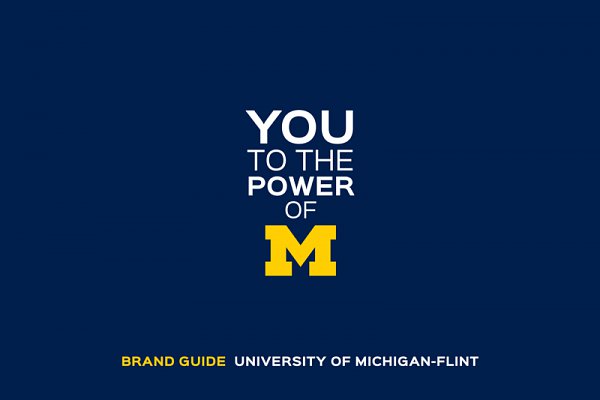We’ve seen it again and again: a university would love to send out mobile-friendly emails to prospective and current students, but they’re saddled with a multi-year agreement to a behemoth CRM vendor with out-of-date software. Meanwhile, rival institutions are sending out beautiful email campaigns.
Stop blaming the software. There’s still plenty that can be done to improve e-mail messaging, boost open rates, and engage students.
Know your Audience
The vast majority of your recipients are young students with a smartphone in hand. Take a look at an example of your email communications on a smartphone. What do you see? Chances are, not much.
Keep it simple
Your email probably looks like this:
- An “If you have trouble seeing this email in a web browser, click here” message at the top.
- An unloaded logo or image.
- Maybe the first line or two of your message, at a size only discernable by those who can still read the bottom line of a Snellen eye chart.
You’ve already sent your prospective students beautiful print materials, right? Do they gain anything from having every email from your institution begin with an image—or worse, a blocked graphic? Remove as many images as you can and gain the advantage of a faster-loading, bandwidth-friendly email with more space available for text. (Keep in mind that no one ever clicked a link to fill out a financial aid application because your email had a photograph of a group of students sitting on your campus lawn pretending to discuss cold fusion or Nietzsche.)
TIP: If the forces-that-be have dictated that images in your email are a must, then be sure to deliver crisp images without a lot of bloat. We recommend using images that are 1.5x the display size specified in code, with JPG compression set to 40%. You’ll be surprised how good such highly-compressed images look on a smartphone. Why 1.5x? 1:1 sized images will look blurry, while anything over 1.5x the display size will likely be lost on students who are really only interested in the heart of your email—if they’re interested at all.
Prune those links
Clutter complicates your message. Does your email really need all those links? More links means more opportunities to not follow your key call-to-action link. Instead, design your emails' layout and copy around your main action link (intent to enroll, requesting financial aid, signing up with FAFSA—whatever it is) and make that link the easy choice for hovering thumbs.
Adjust your layout
Make your emails mobile-friendly despite your CRM’s lack of up-to-date features. One strategy: crank up the point size until it’s perfectly legible on a smartphone while walking between classes—in the sun. Also: remove needless borders, backgrounds, and (again) images. Remember: most of your audience is entirely comfortable with the simplicity of text messaging apps. There isn’t an image out there you can show an eighteen-year-old that will improve the appeal of your e-mail. (Unless it’s a GIF from goats yelling like humans, but guerilla marketing is for another post.)
Copy that
You should now have an e-mail template that’s all about the message. Which leads us to an obvious question. How engaging is your message? Can it be said with a stronger voice, in fewer words, without a desire to skim it? If not, pare it down. By keeping it succinct, friendly, and purposeful, your recipients will come to know that an email from your institution is important and worth a few seconds of their busy day. Creating this trust may mean developing a different look & feel for non-essential email communications from your college or university, or perhaps developing a color scheme or other differentiator which lets students know how to react to correspondance from your institution, at a glance.
Powerful marketing and communication isn’t about the capabilities or limitations of software. It’s about the words you use and the responsibility you show to your students and their time. Contact us to see what we can do to improve your student email recruiting and communications, and be sure to view part two, where we tackle some real-world examples.

